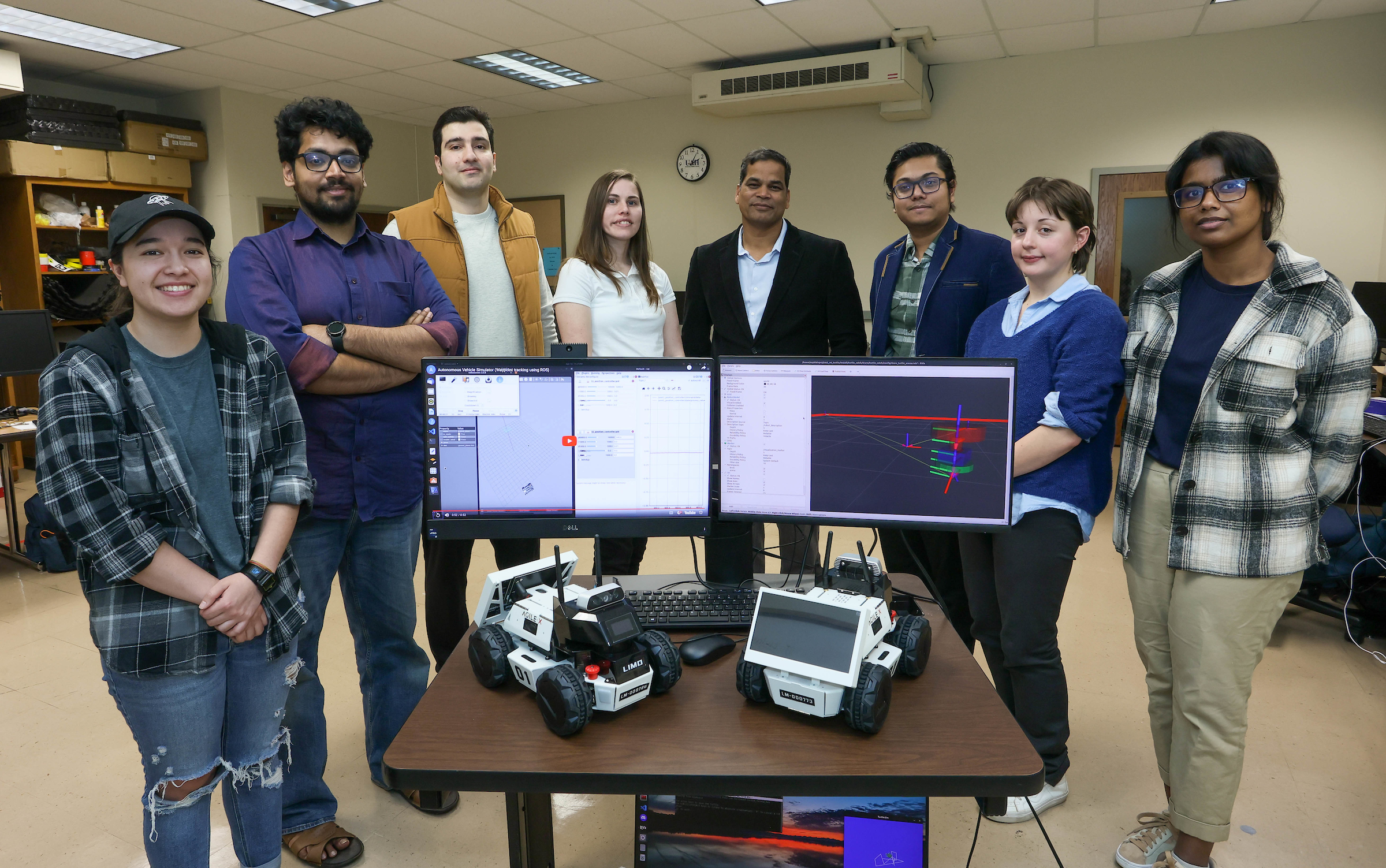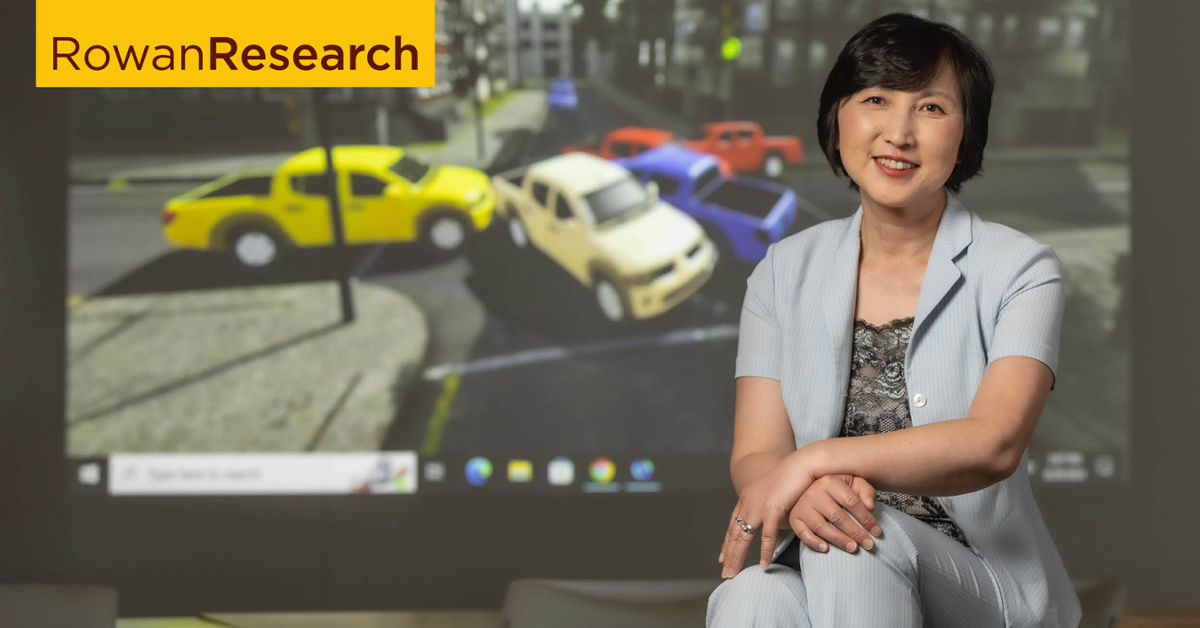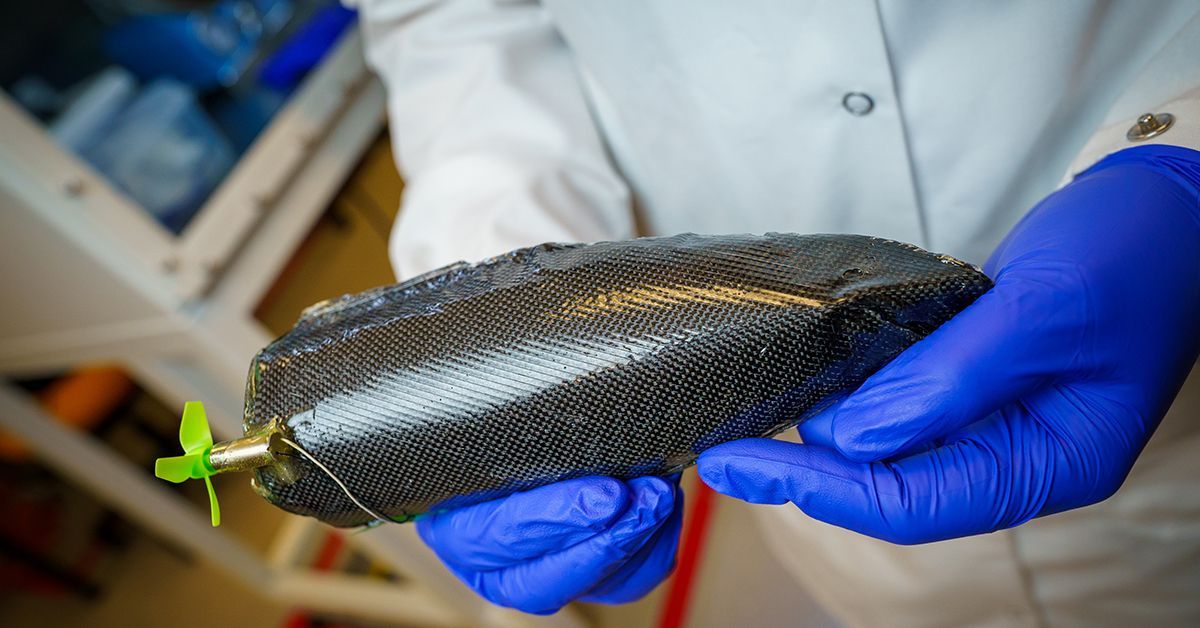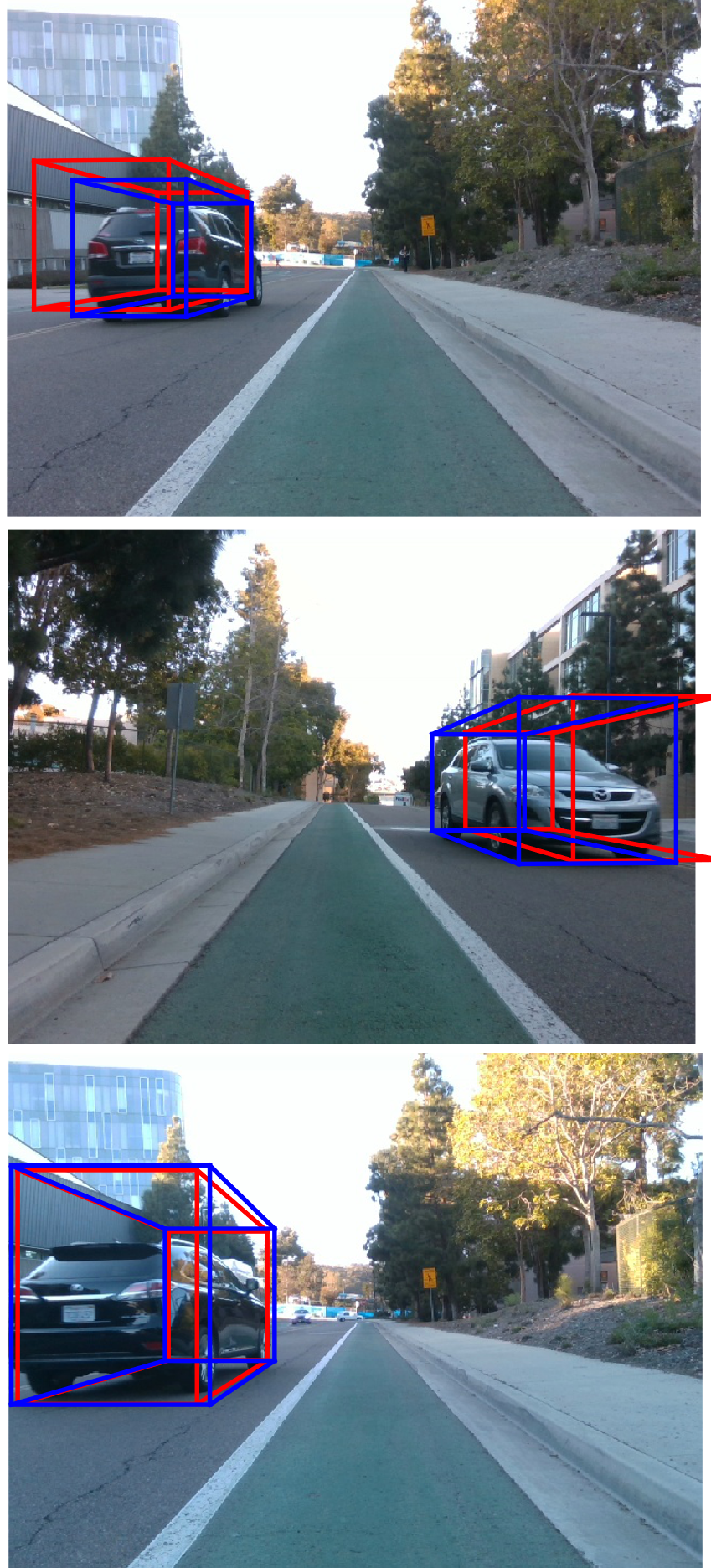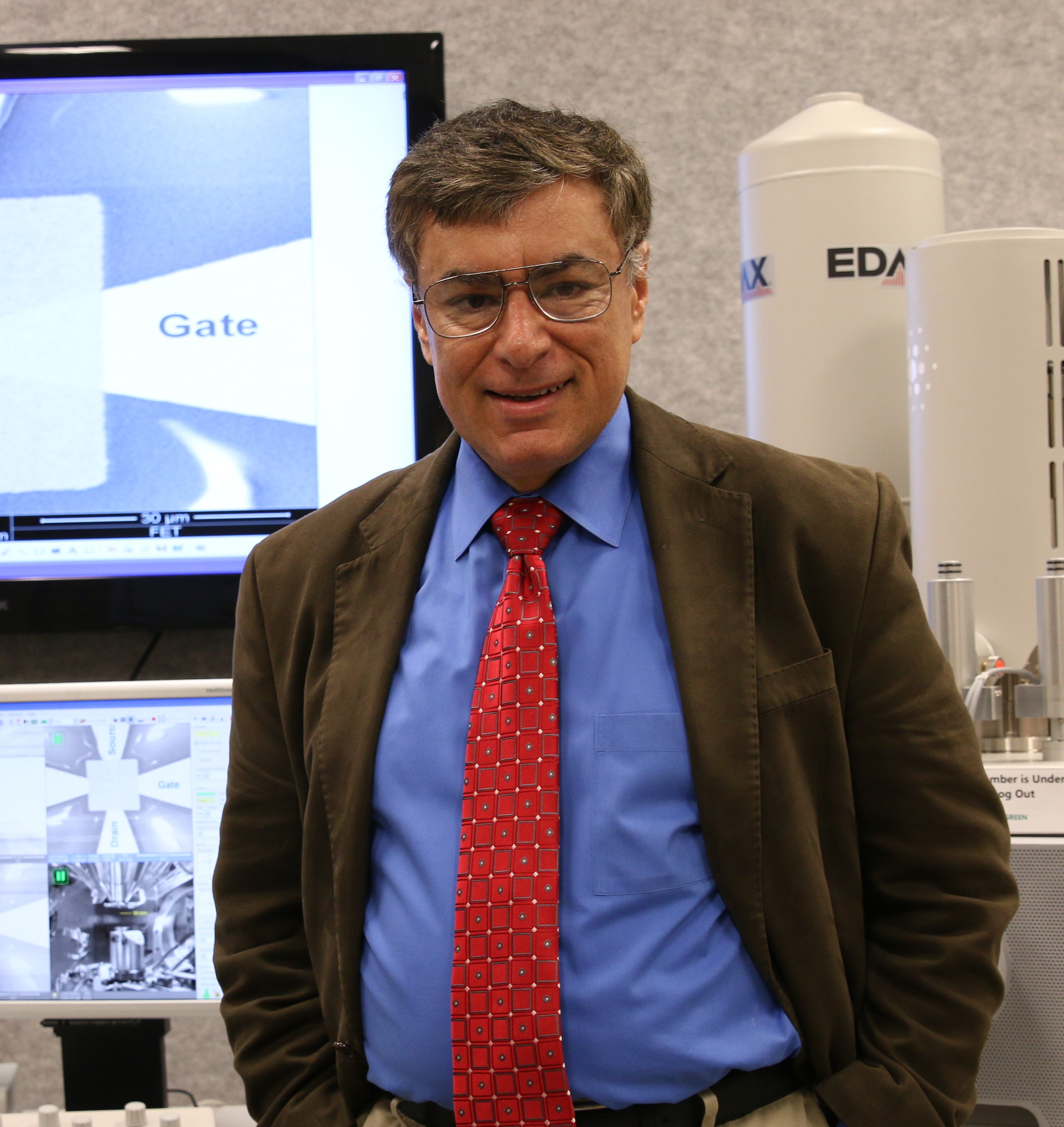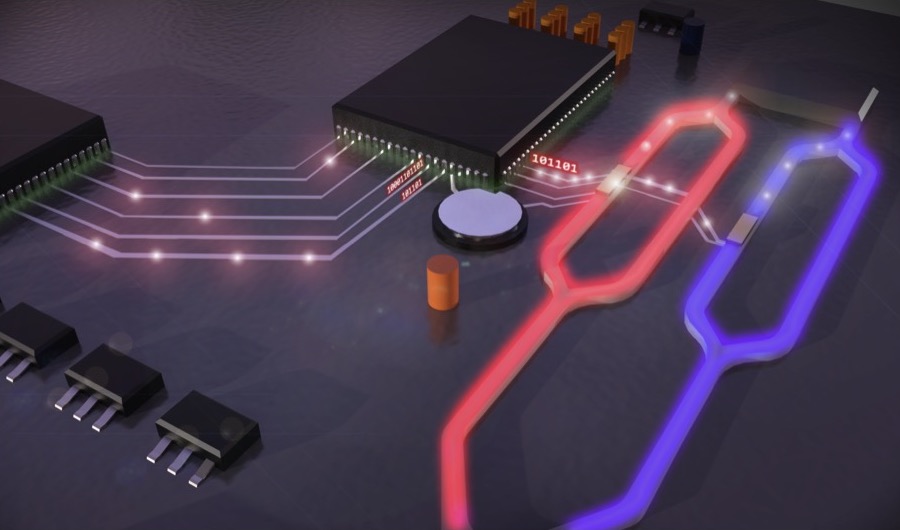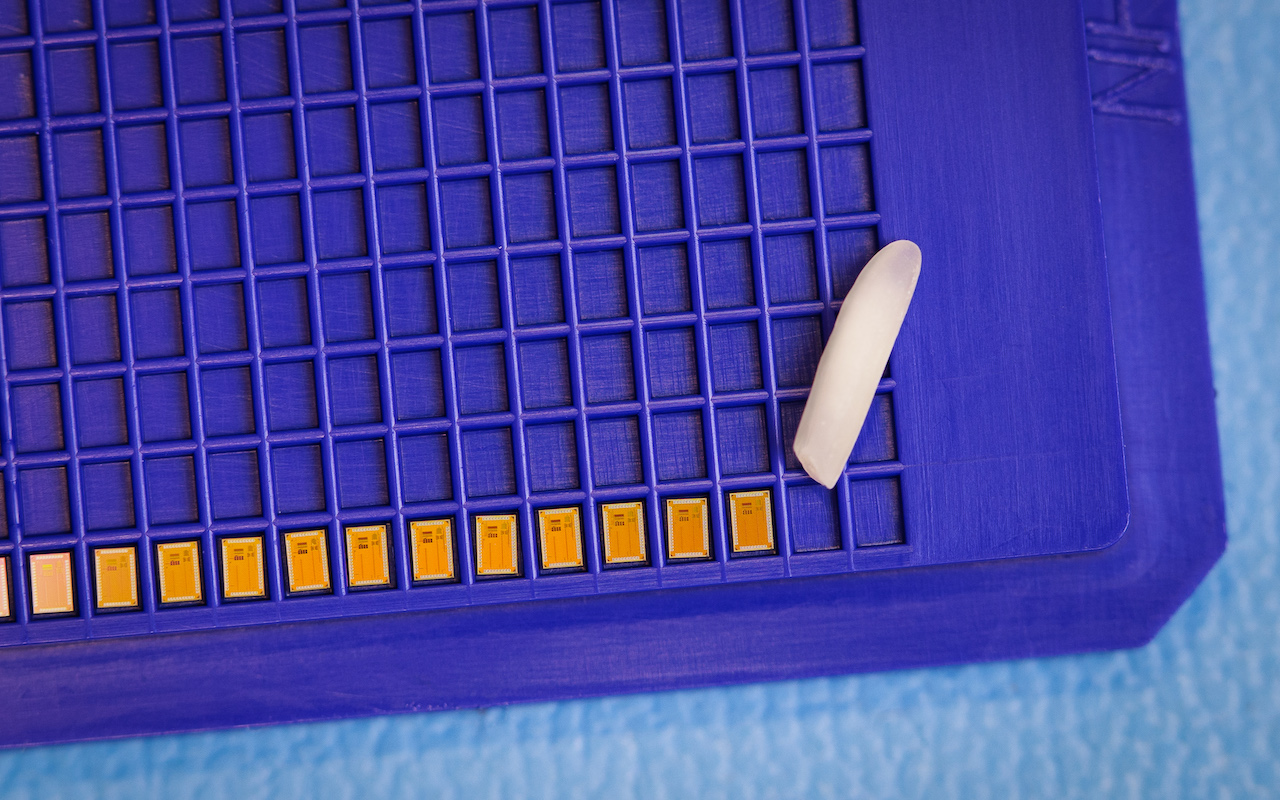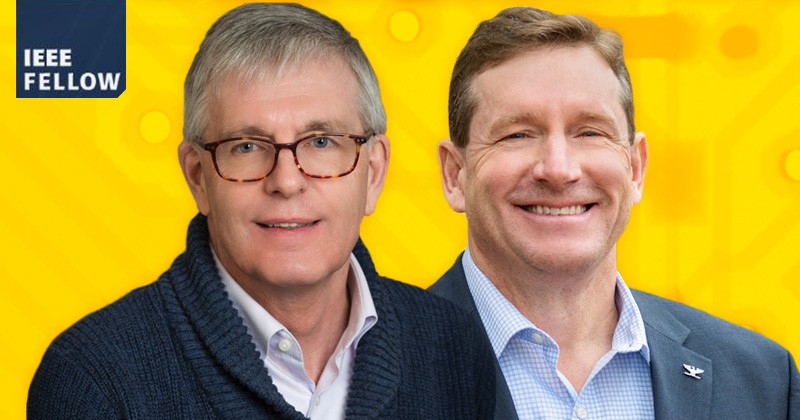Dr. Avimanyu Sahoo, a researcher at The University of Alabama in Huntsville (UAH), has been awarded a National Science Foundation (NSF) award totaling $299,969 to characterize the vulnerability of the learning-based intelligent cyber-physical systems (CPS) and defend them. The CPS represents a symbiotic integration of physical systems, sensors, actuators and learning-based intelligent controllers through communication networks such as smart grids, robotic swarms and autonomous vehicles.
